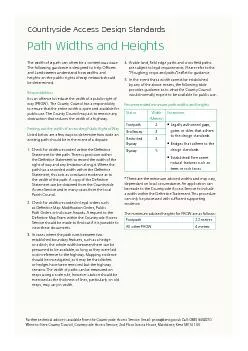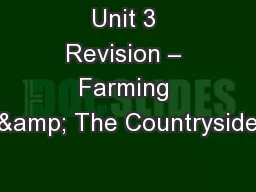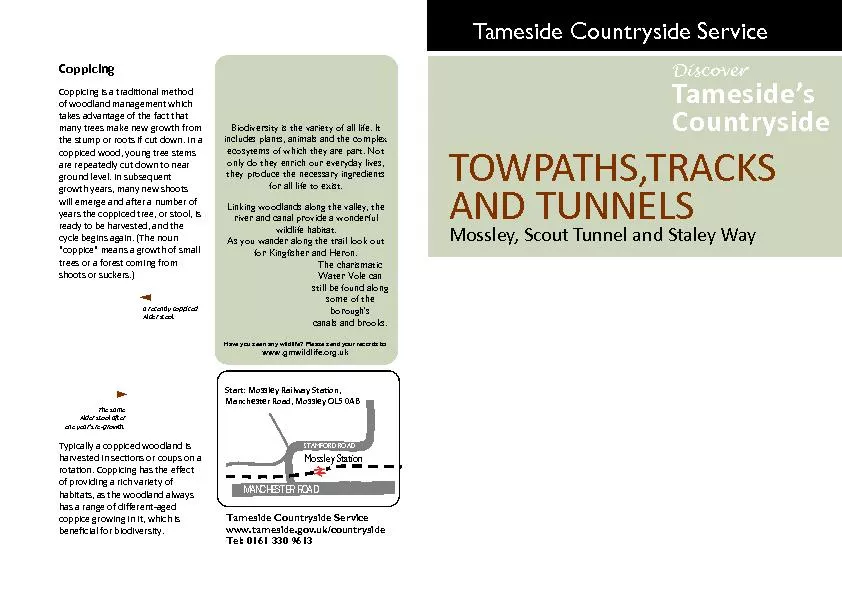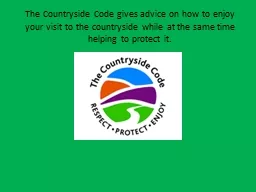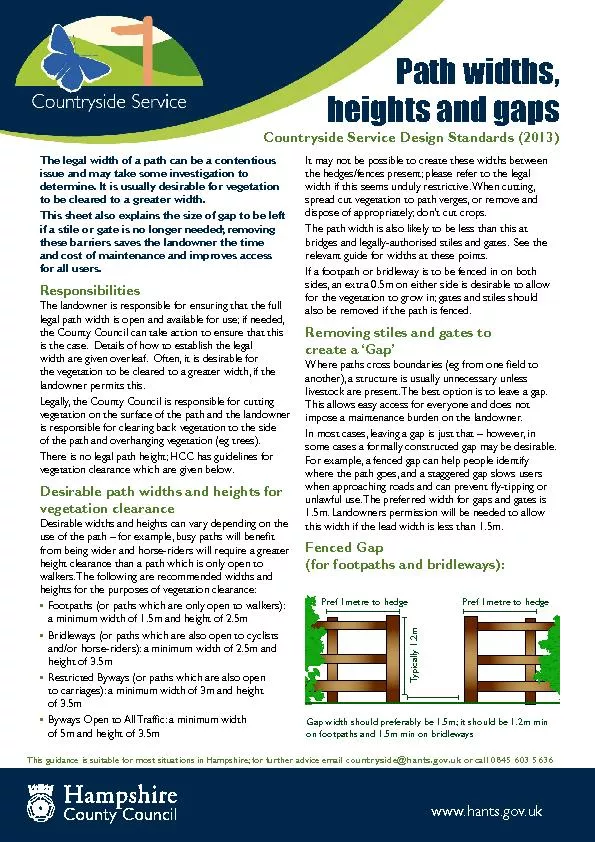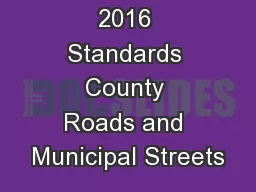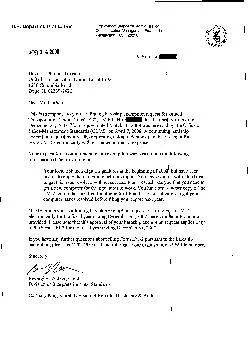PDF-Countryside Access Design Standards
Author : myesha-ticknor | Published Date : 2015-12-07
The width of a path can often be a contentious issue The following guidance is designed to help Ocers and Landowners understand how widths and heights on the public
Presentation Embed Code
Download Presentation
Download Presentation The PPT/PDF document "Countryside Access Design Standards" is the property of its rightful owner. Permission is granted to download and print the materials on this website for personal, non-commercial use only, and to display it on your personal computer provided you do not modify the materials and that you retain all copyright notices contained in the materials. By downloading content from our website, you accept the terms of this agreement.
Countryside Access Design Standards: Transcript
Download Rules Of Document
"Countryside Access Design Standards"The content belongs to its owner. You may download and print it for personal use, without modification, and keep all copyright notices. By downloading, you agree to these terms.
Related Documents

